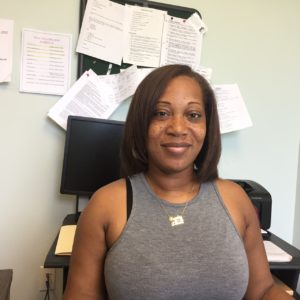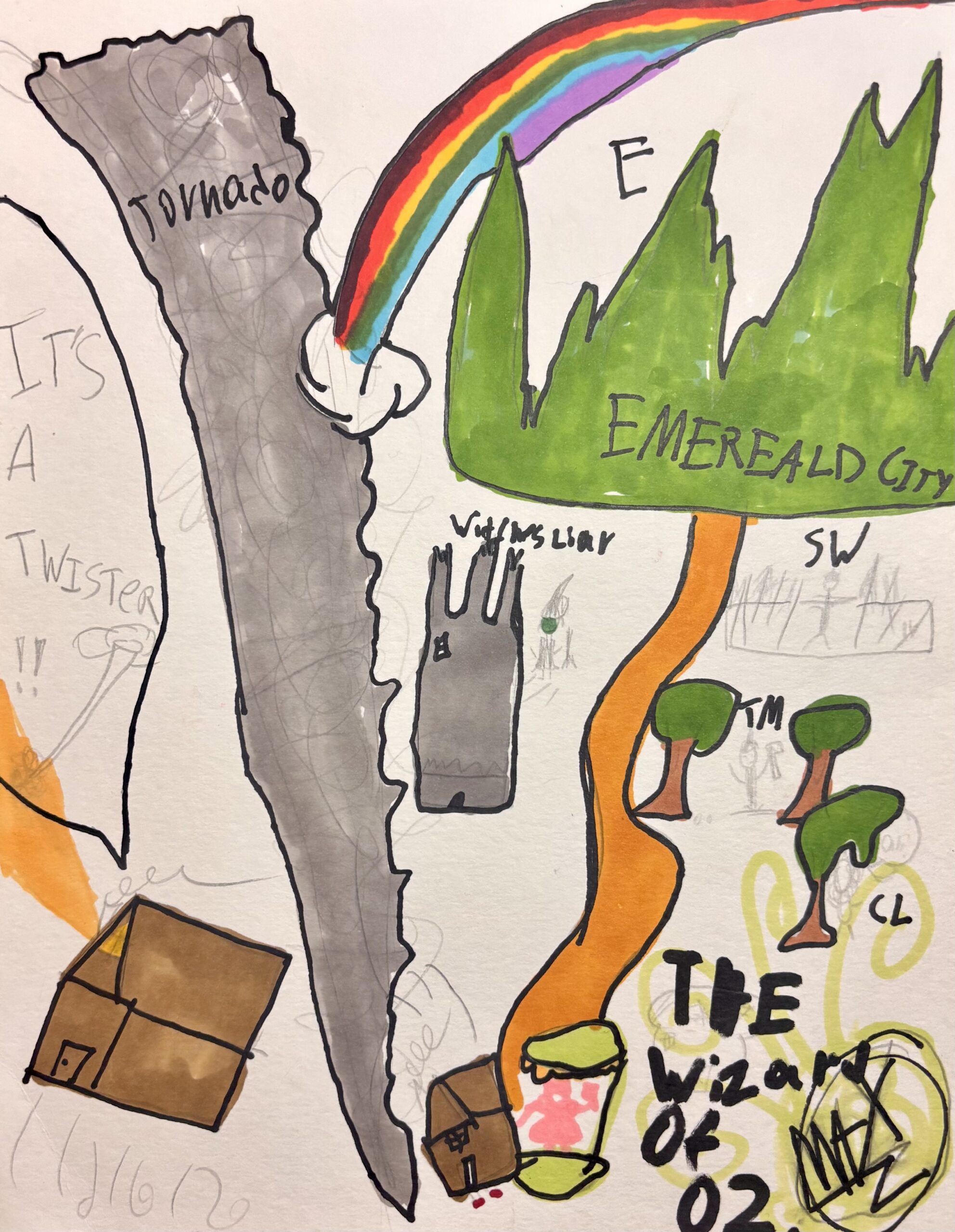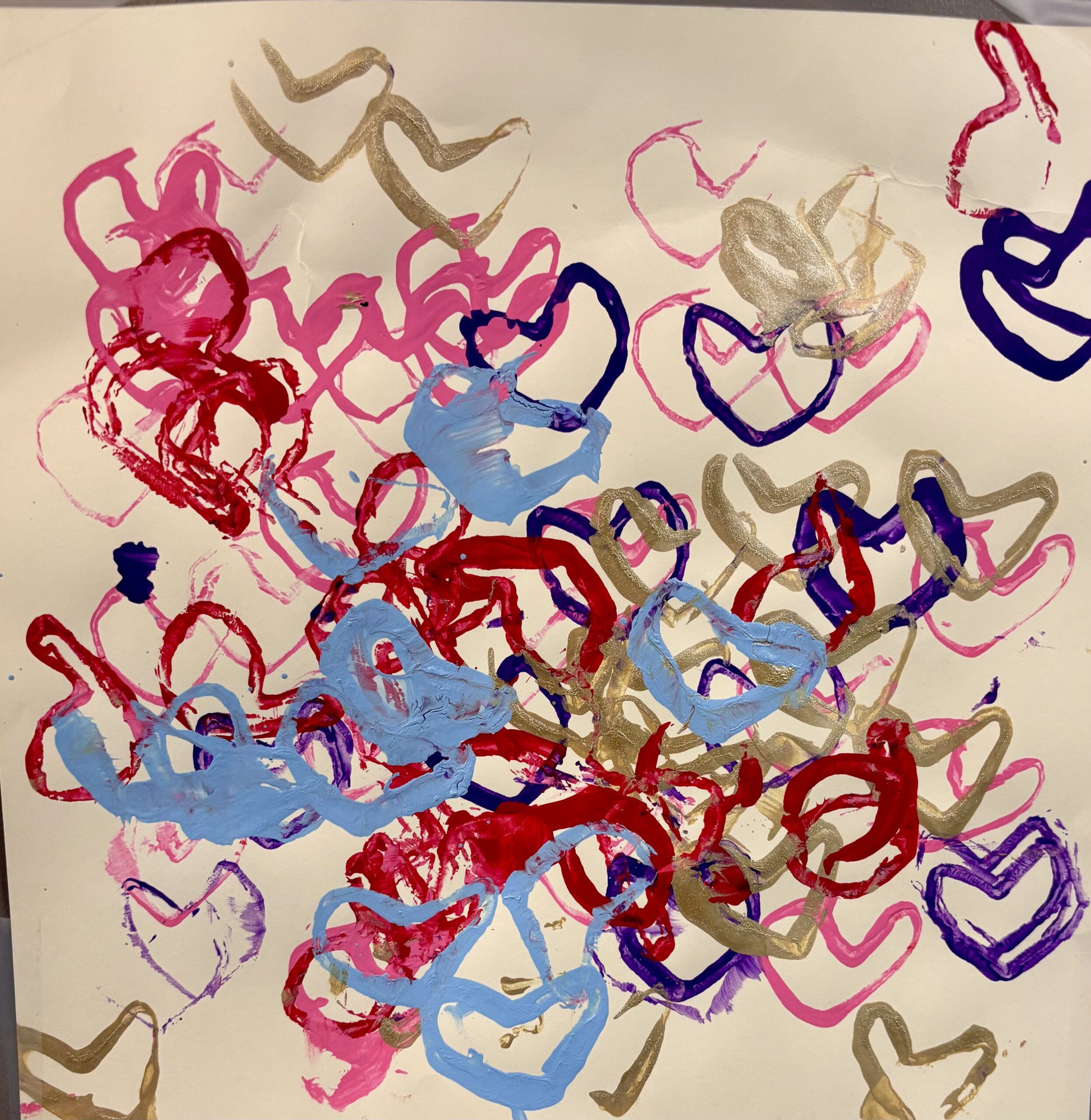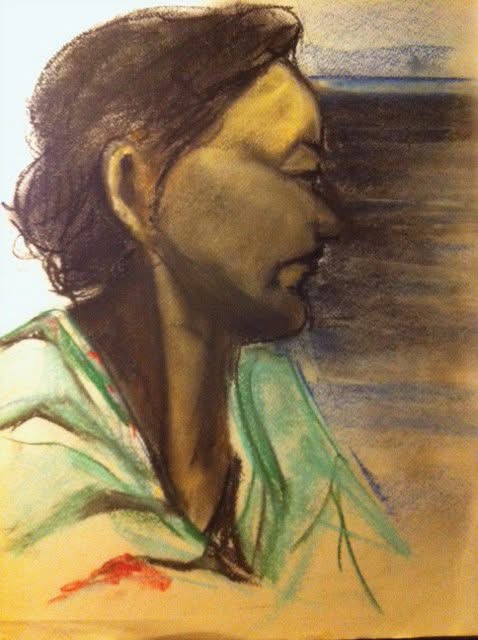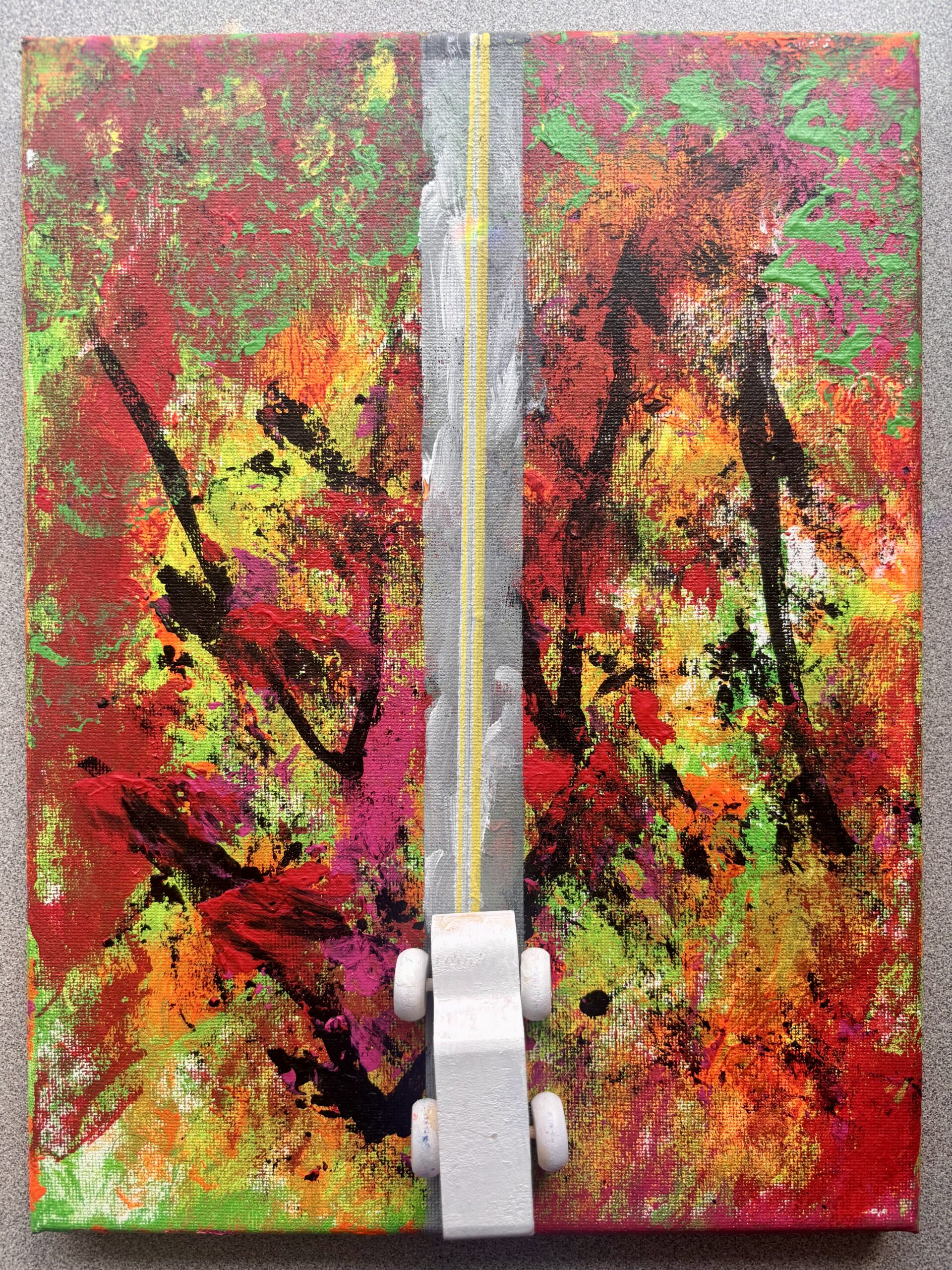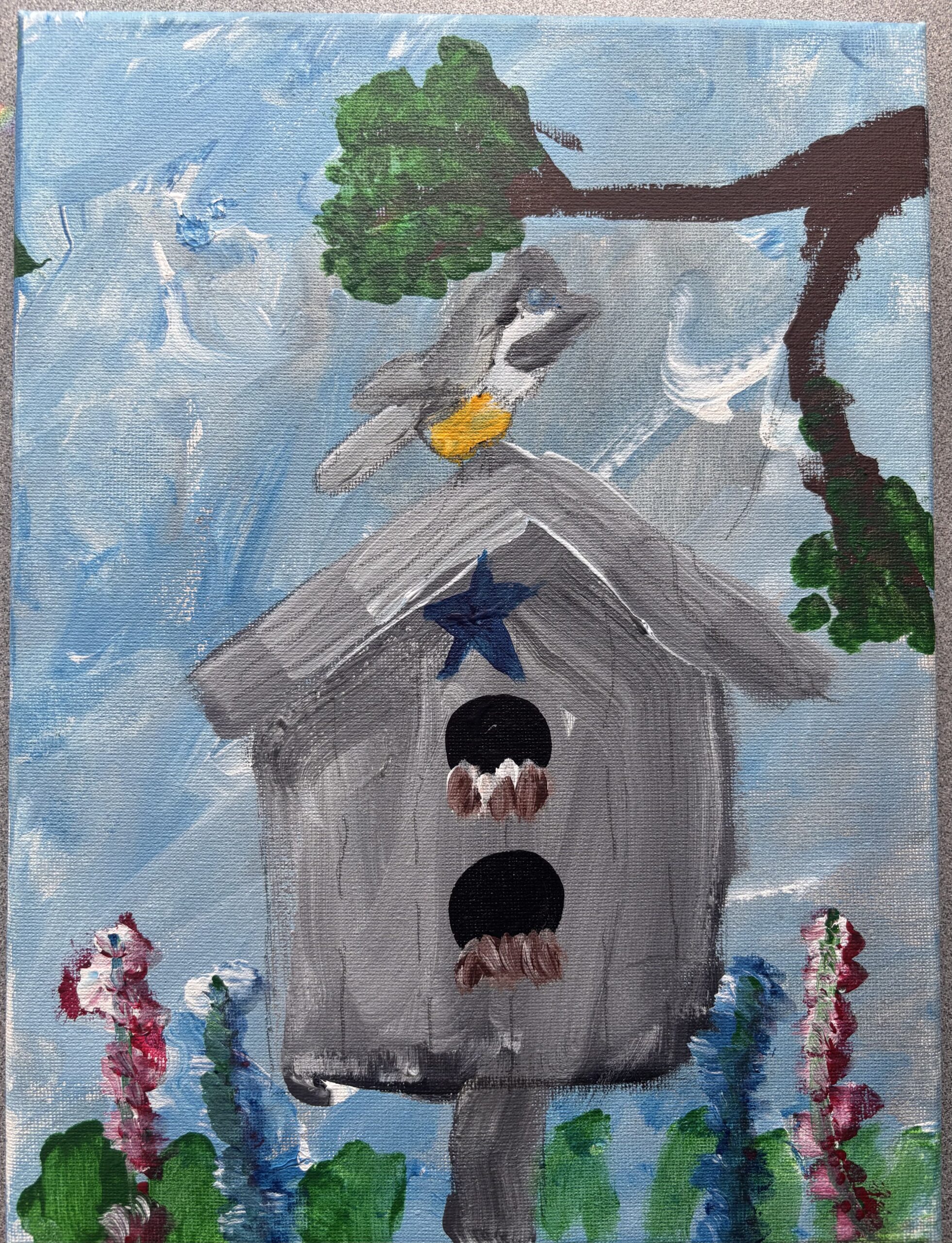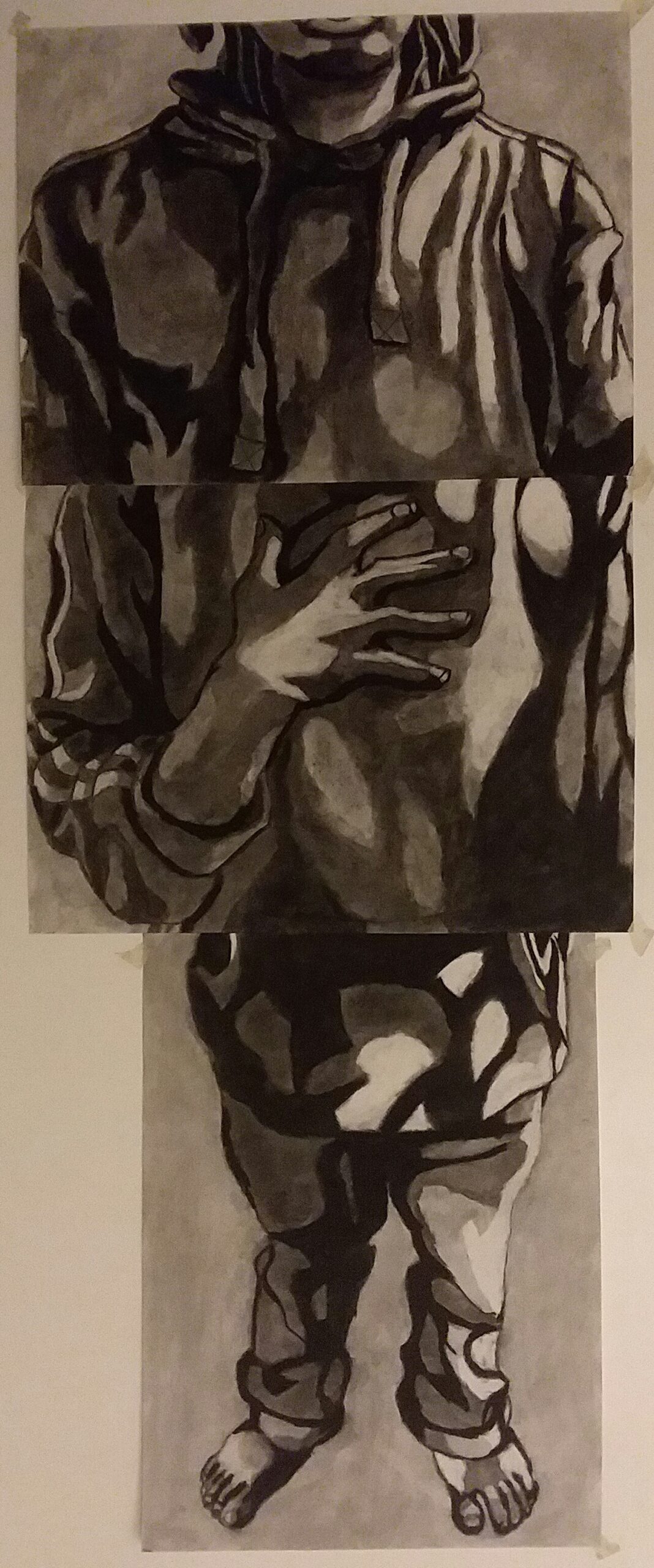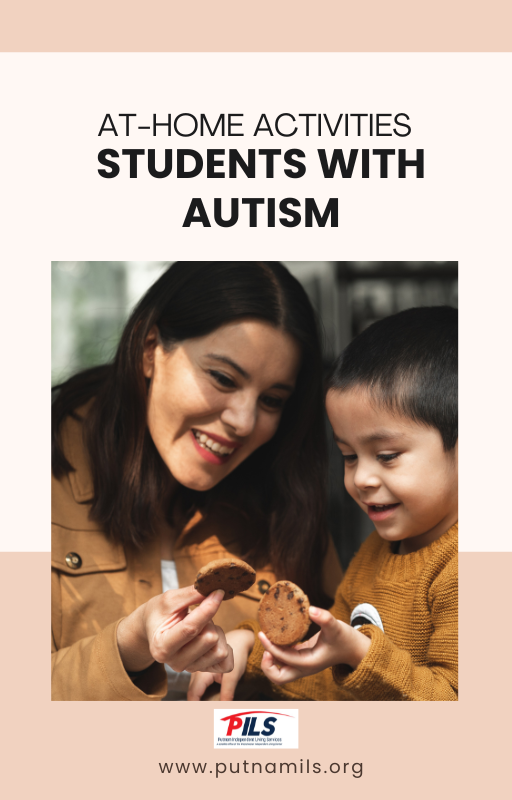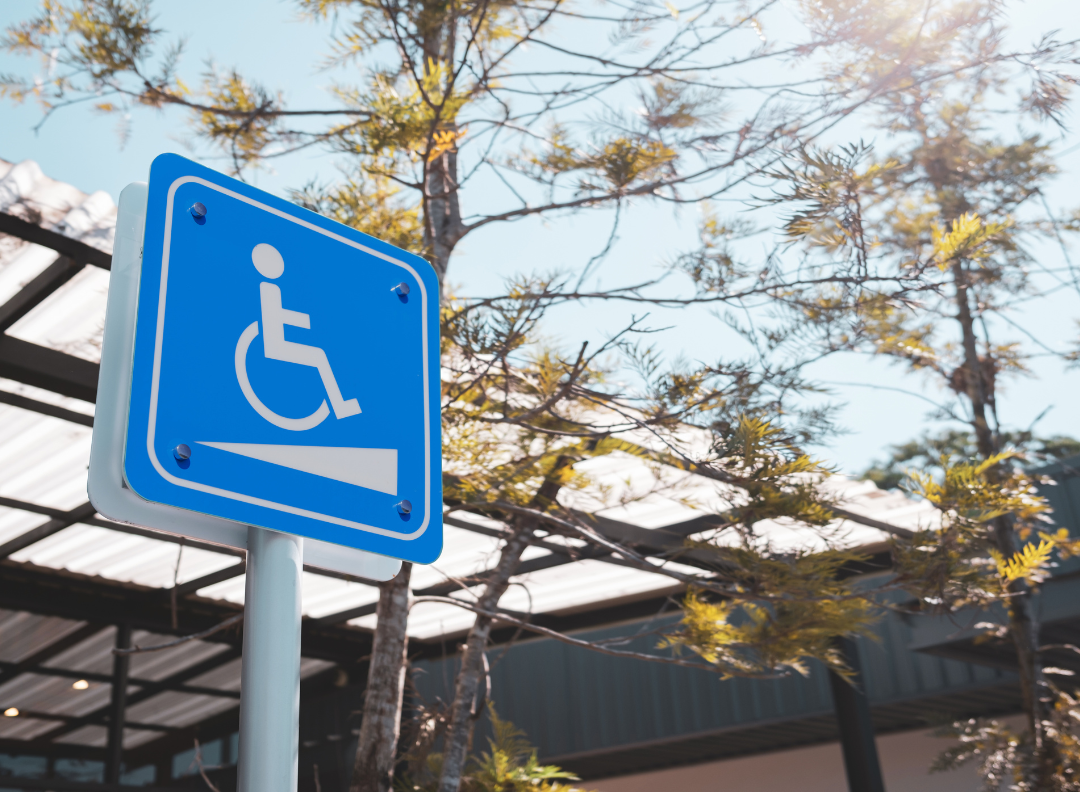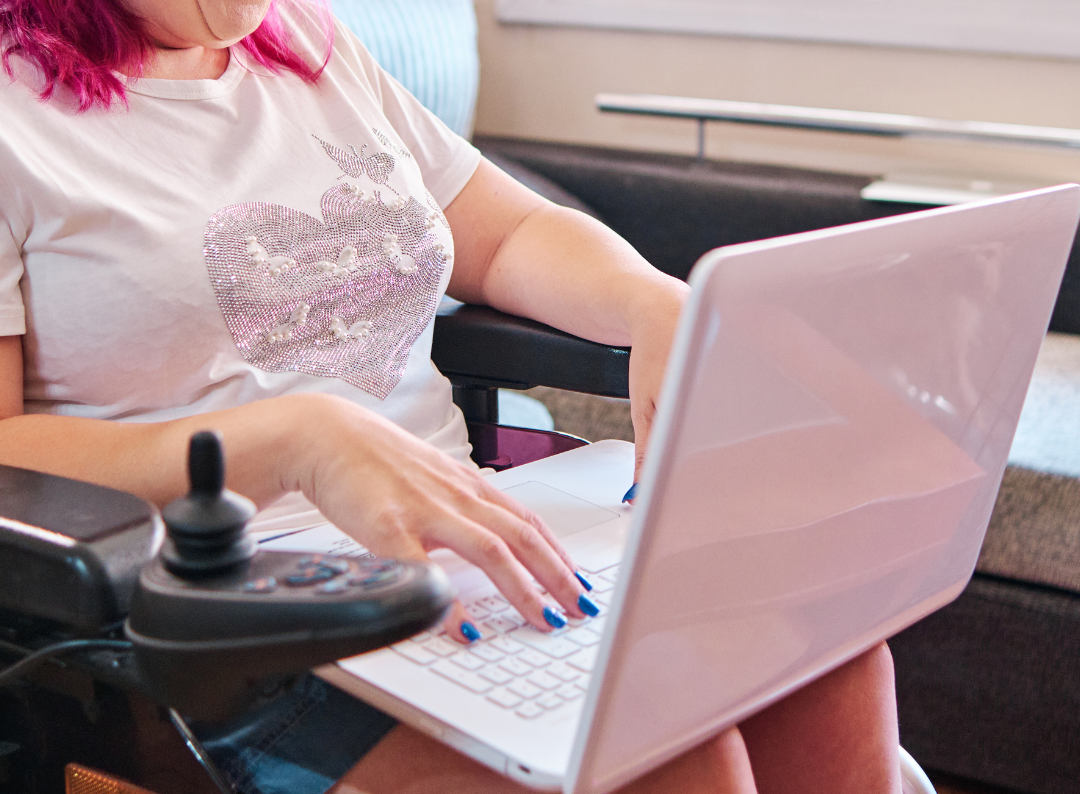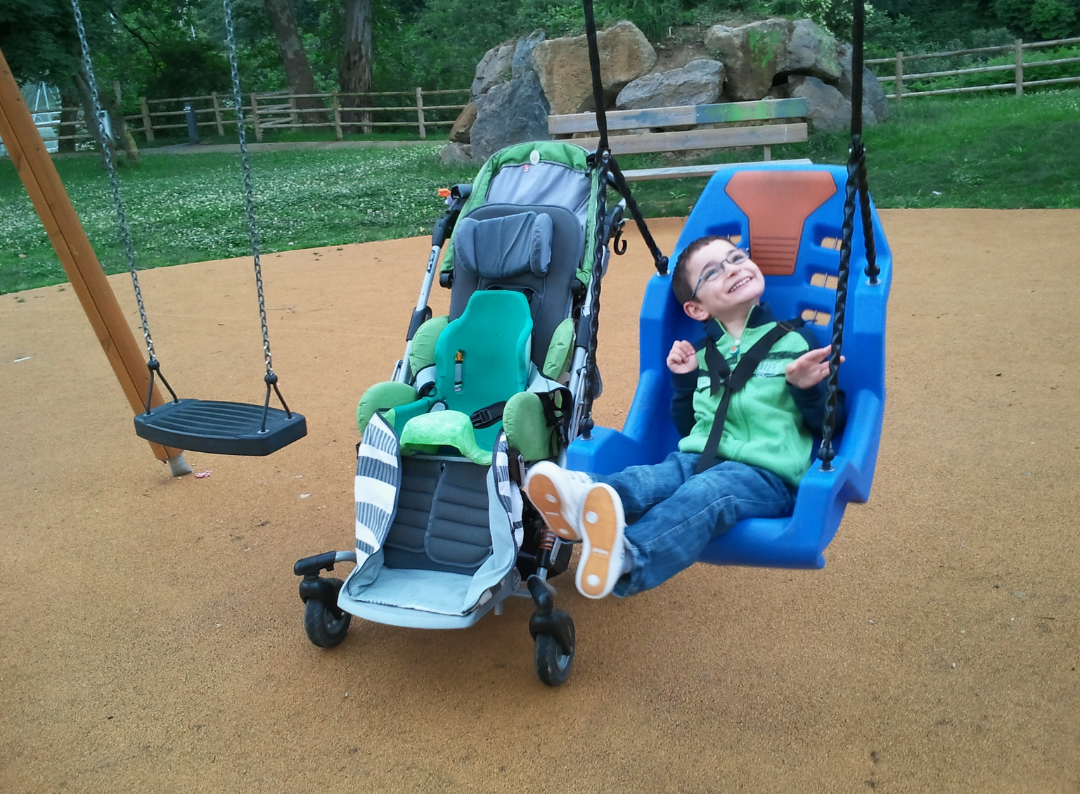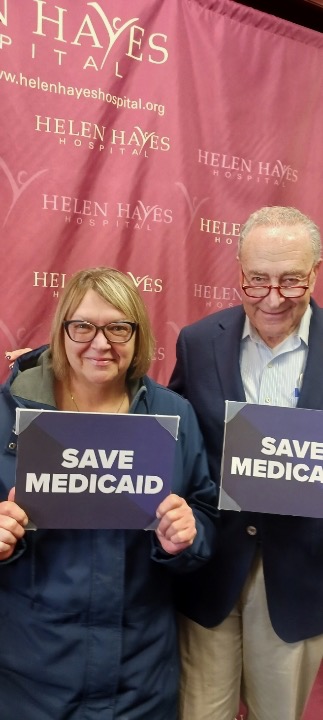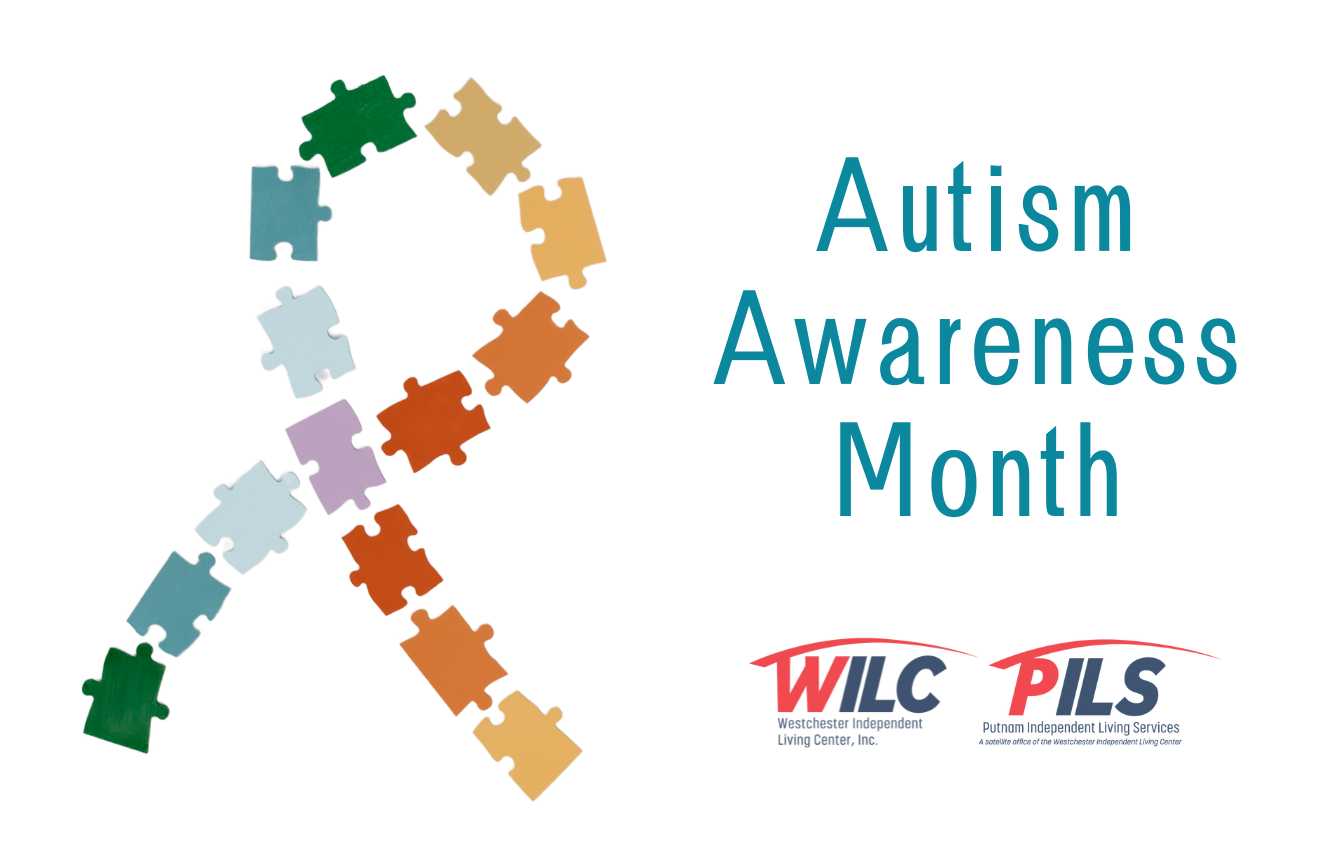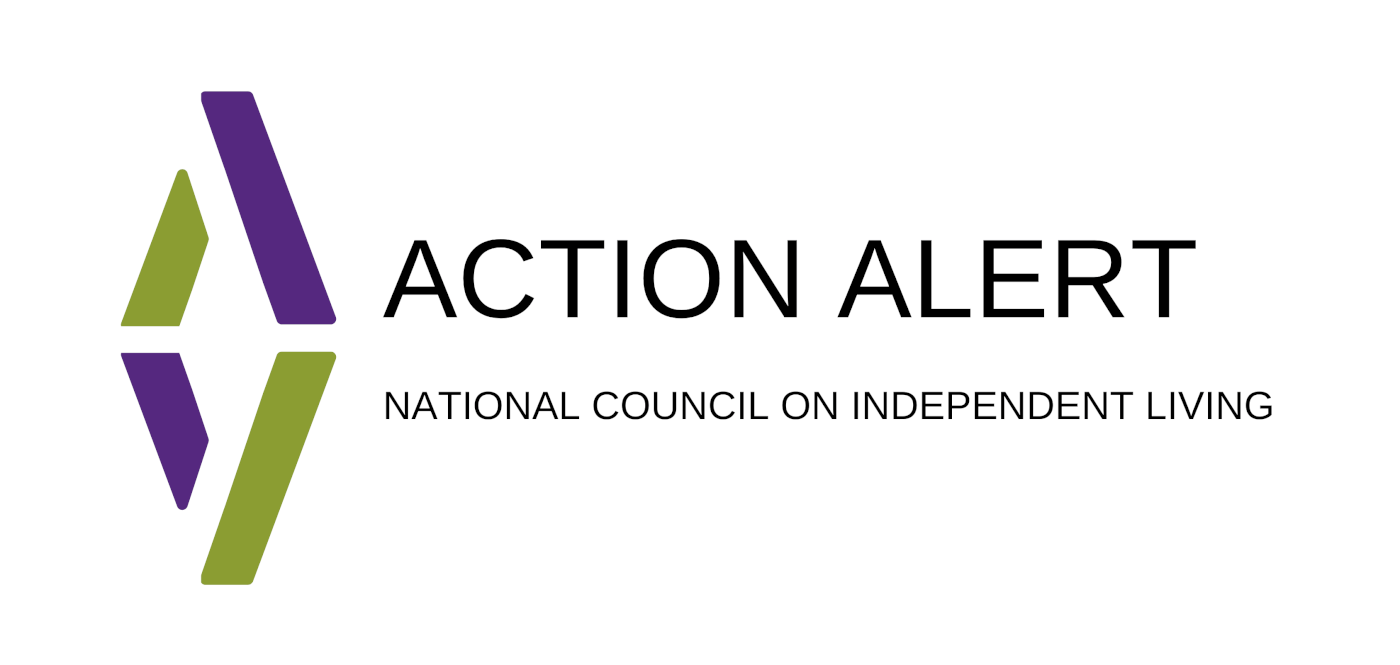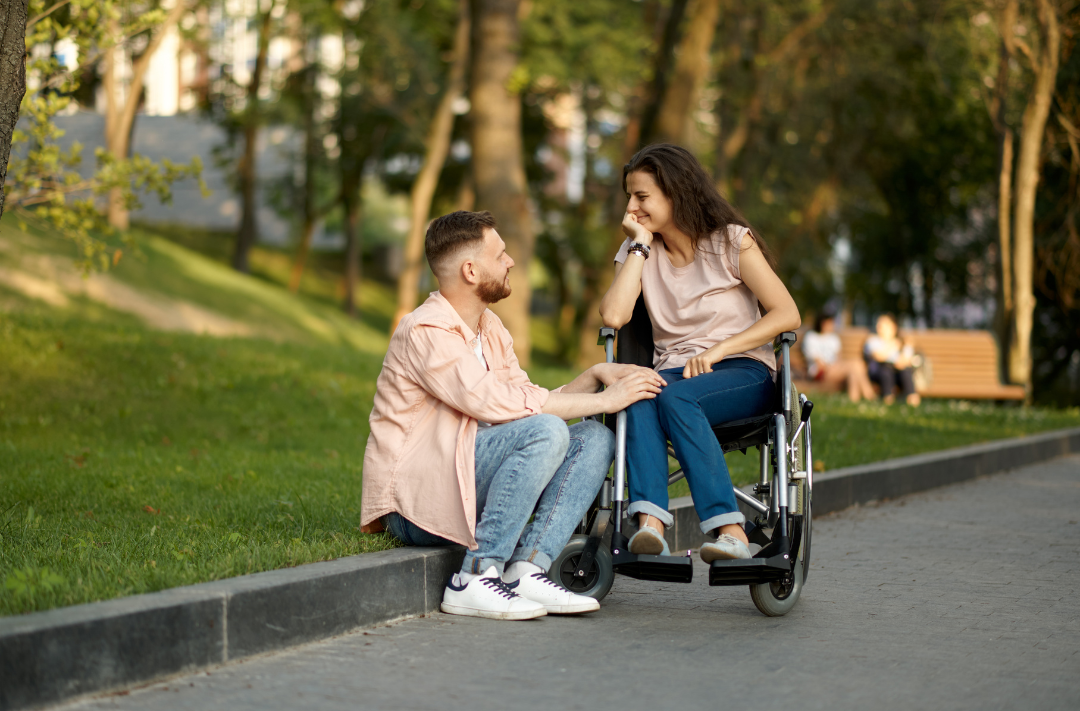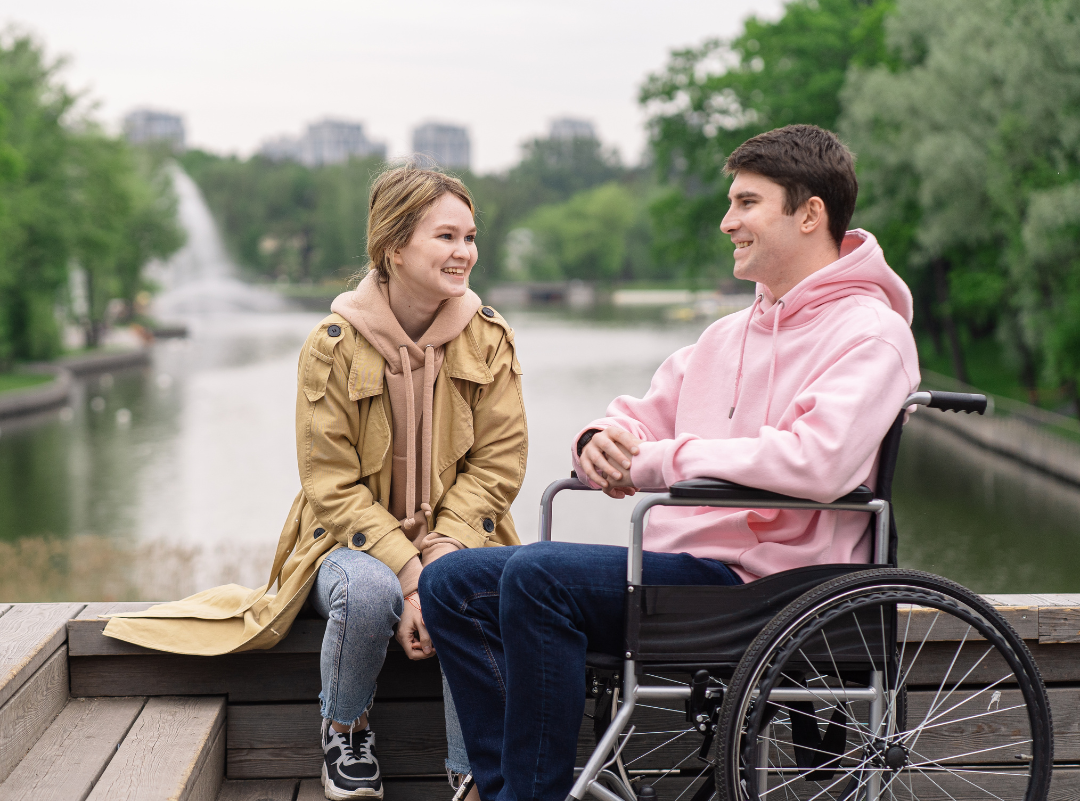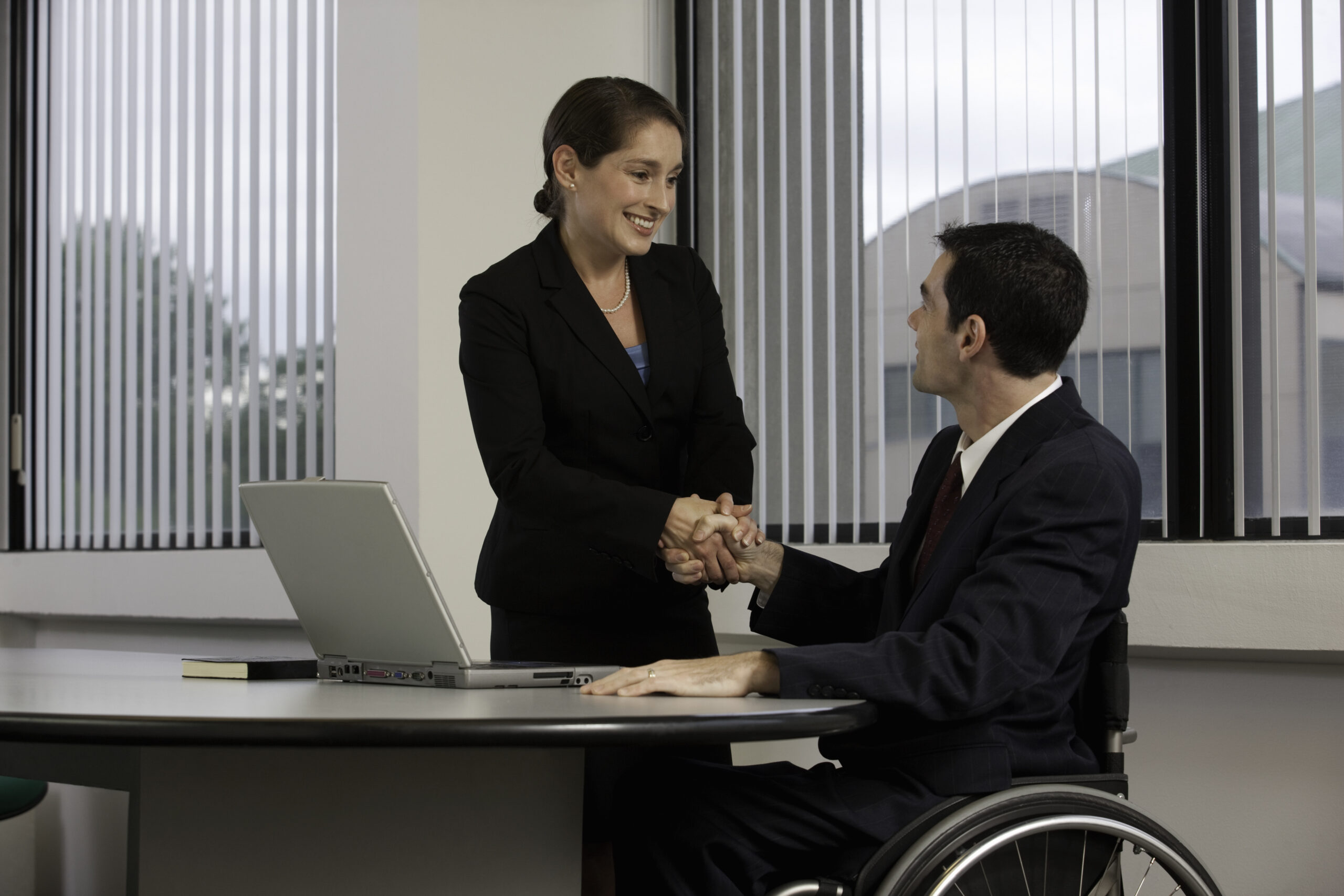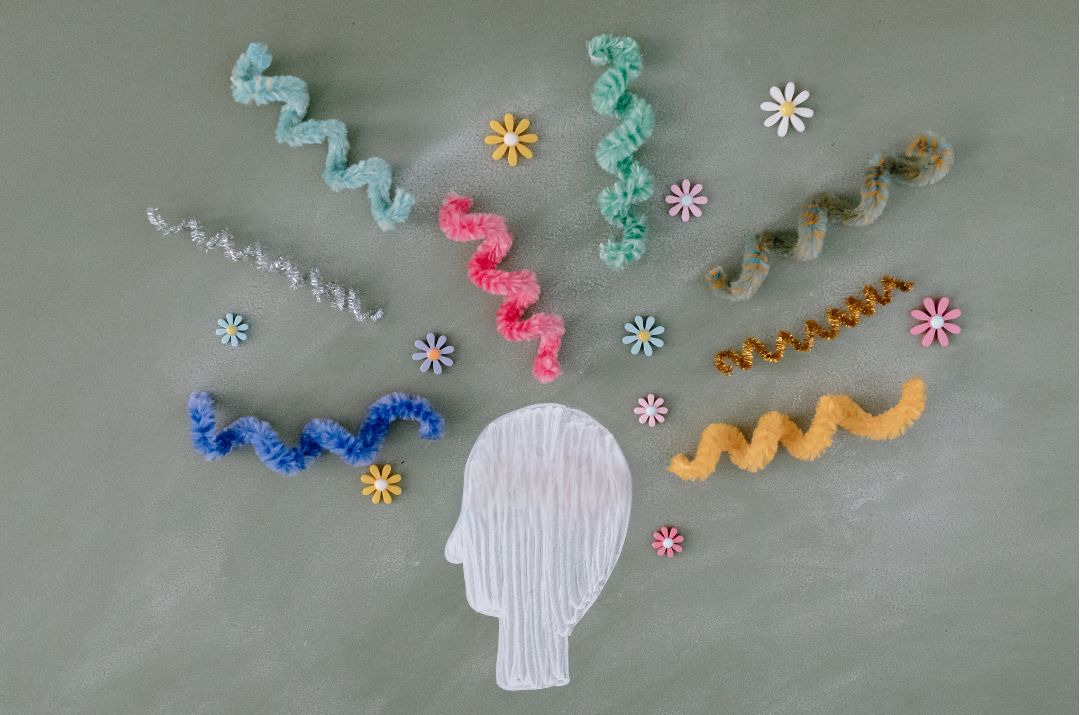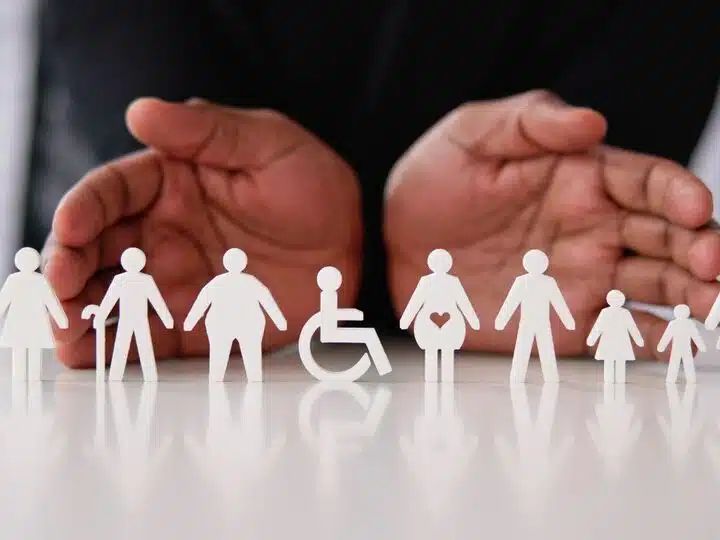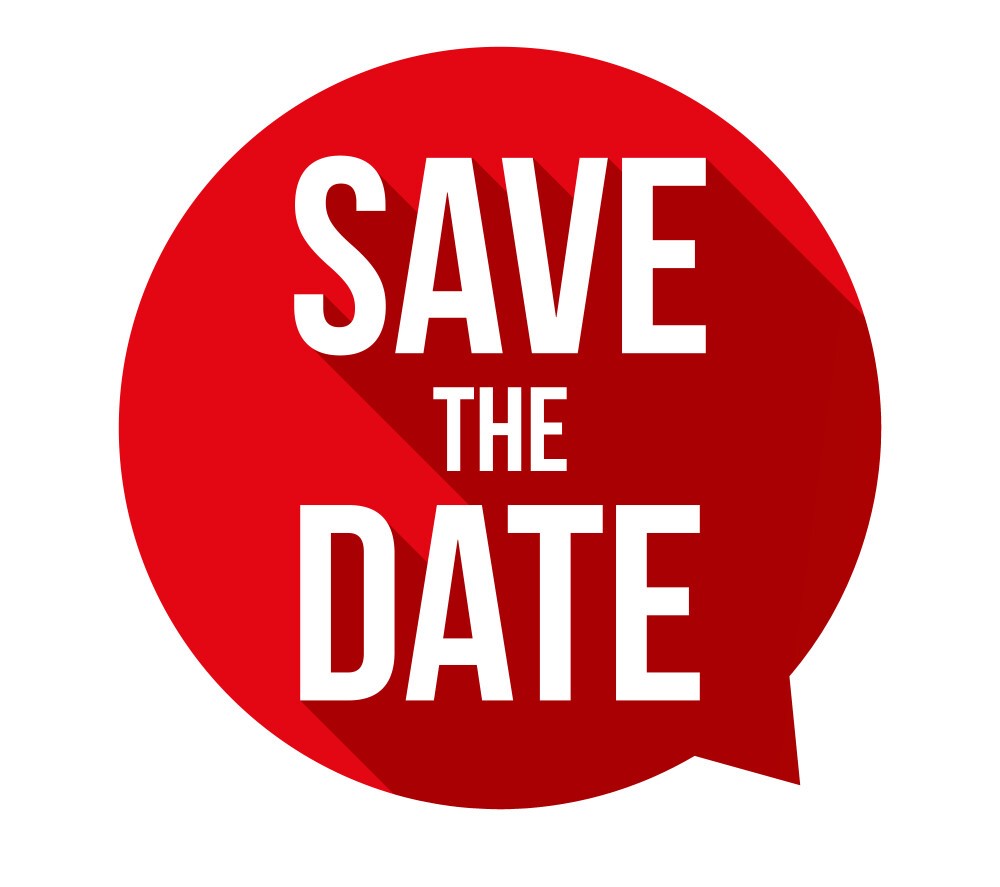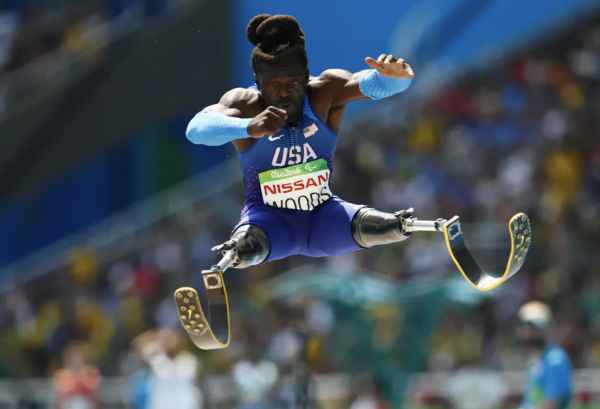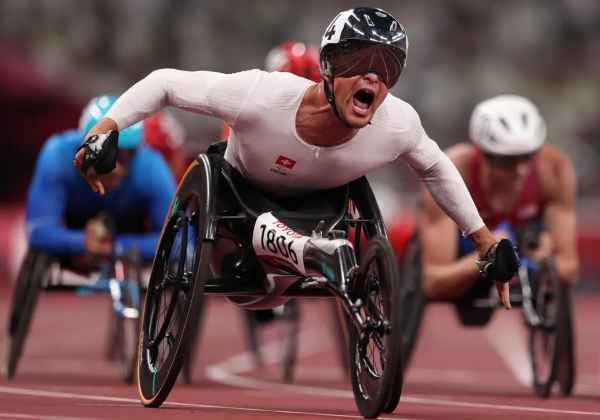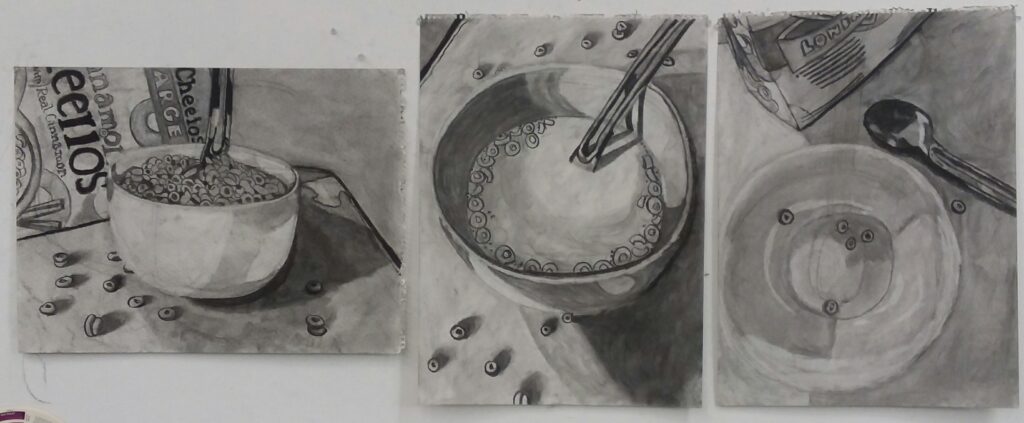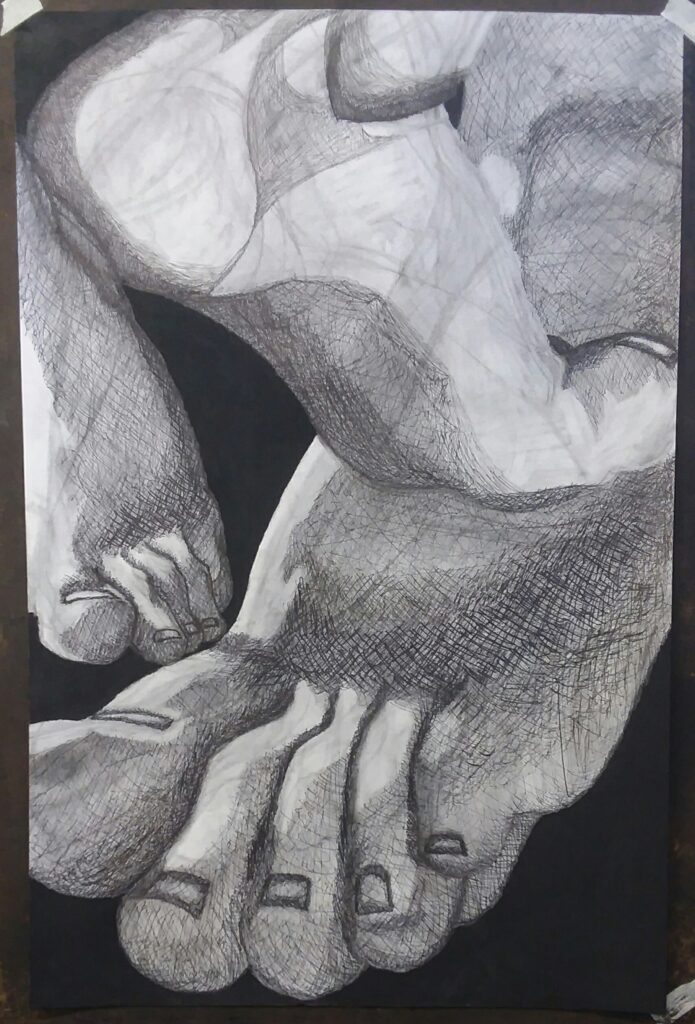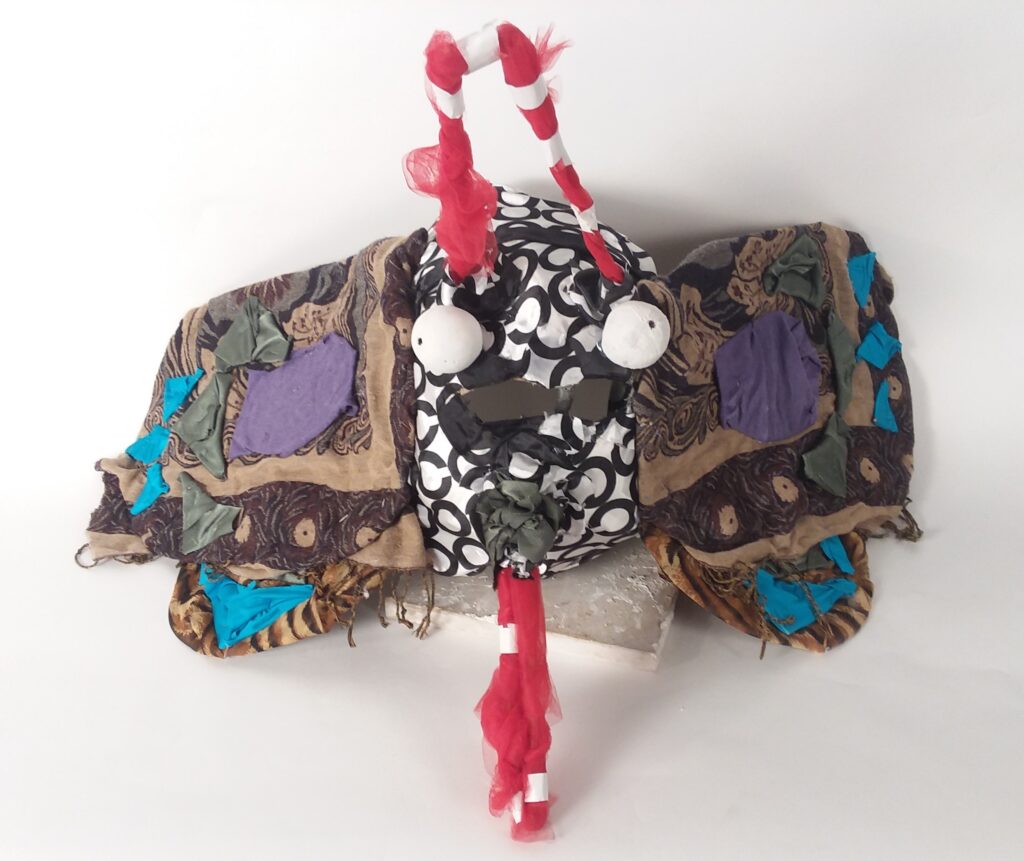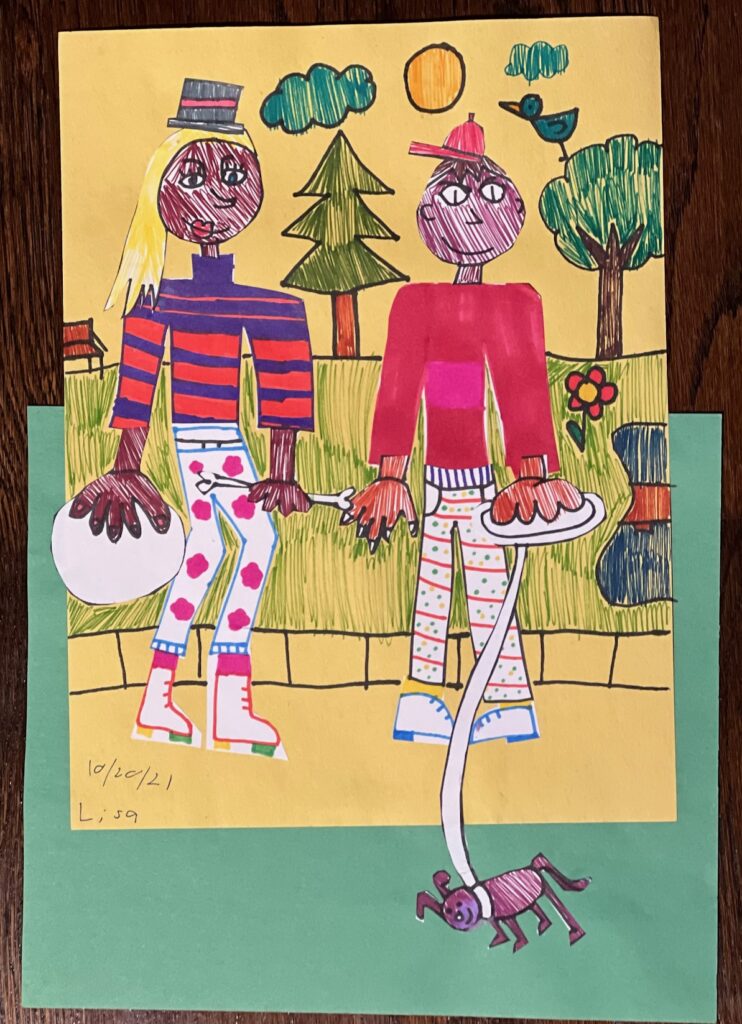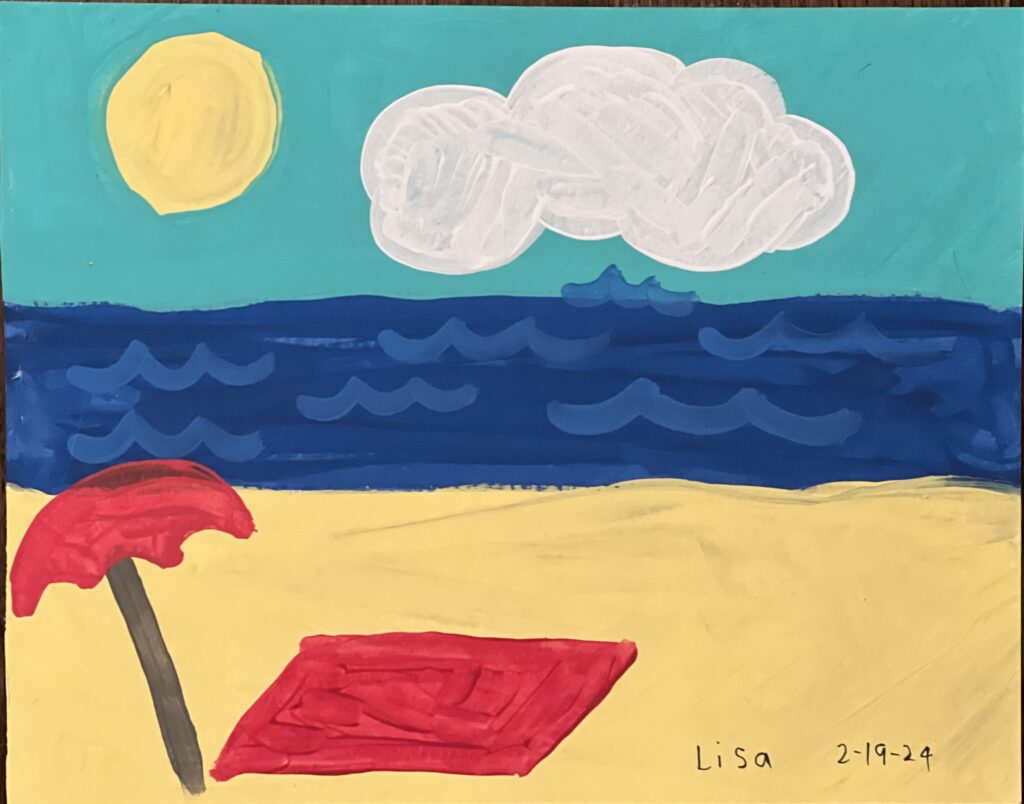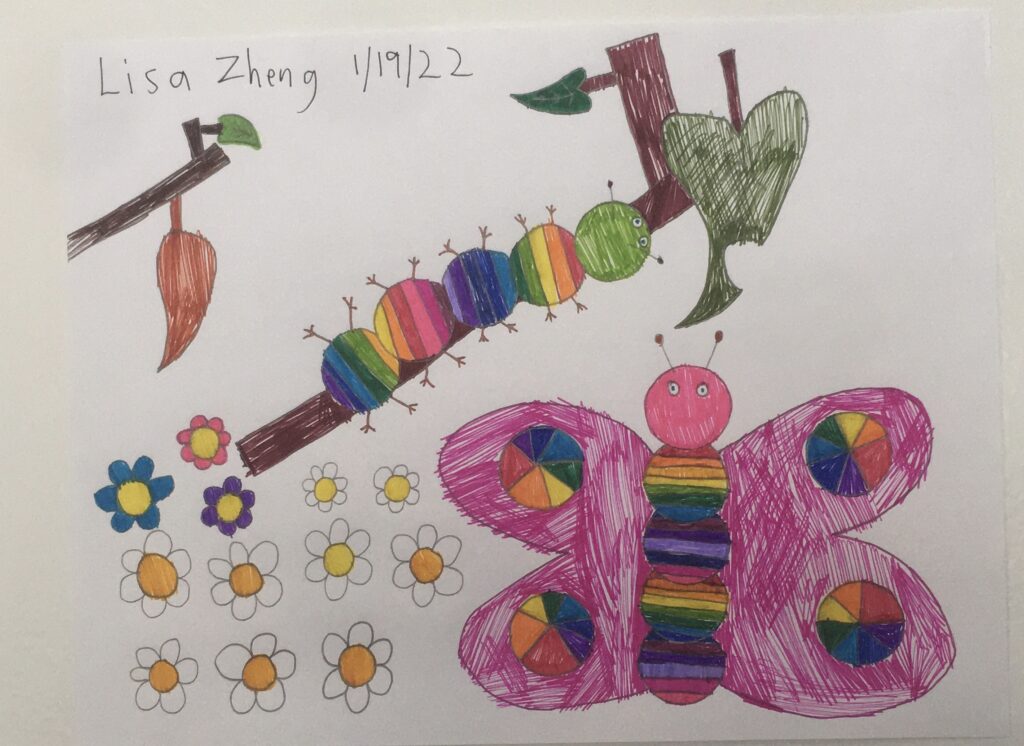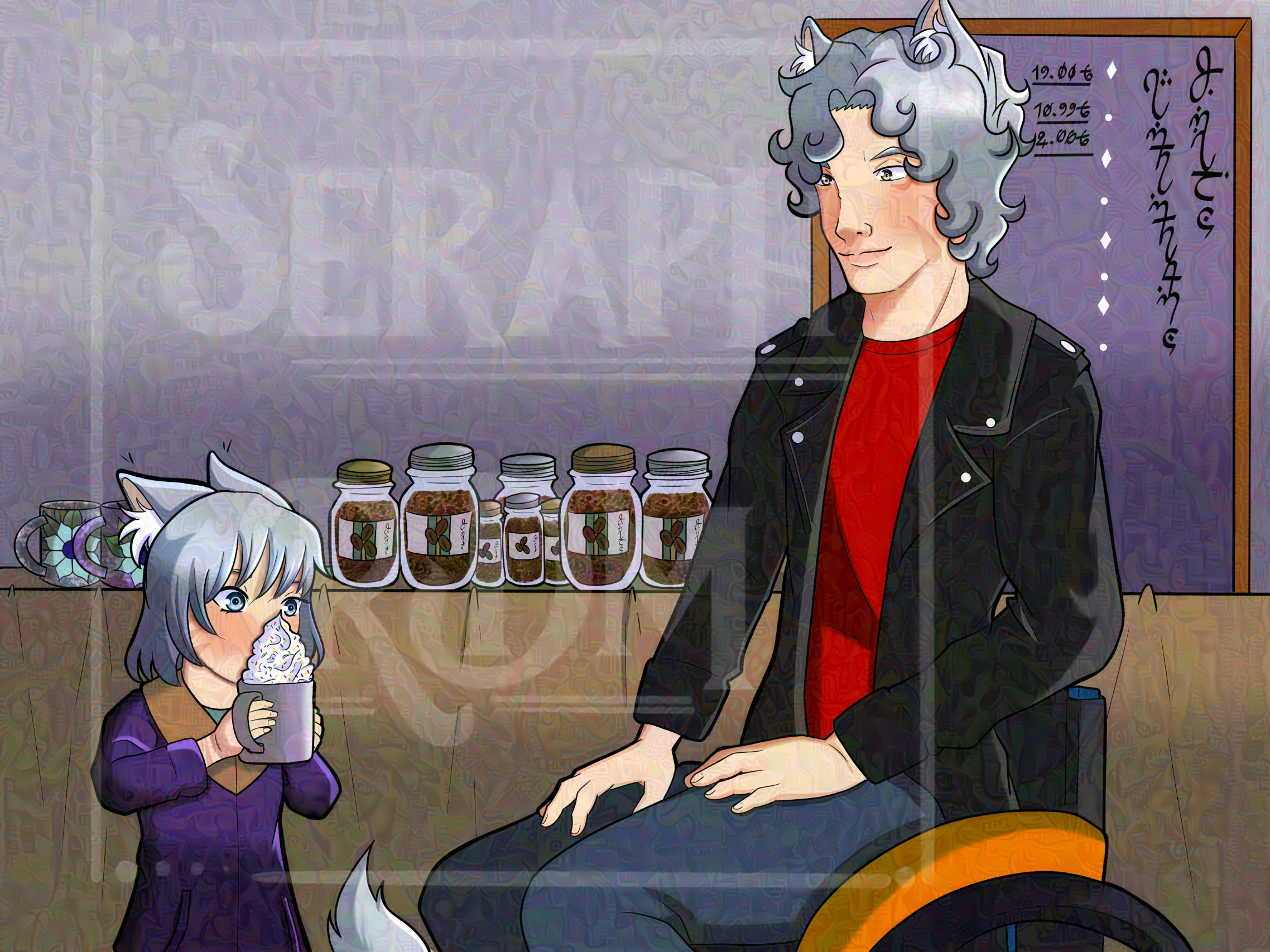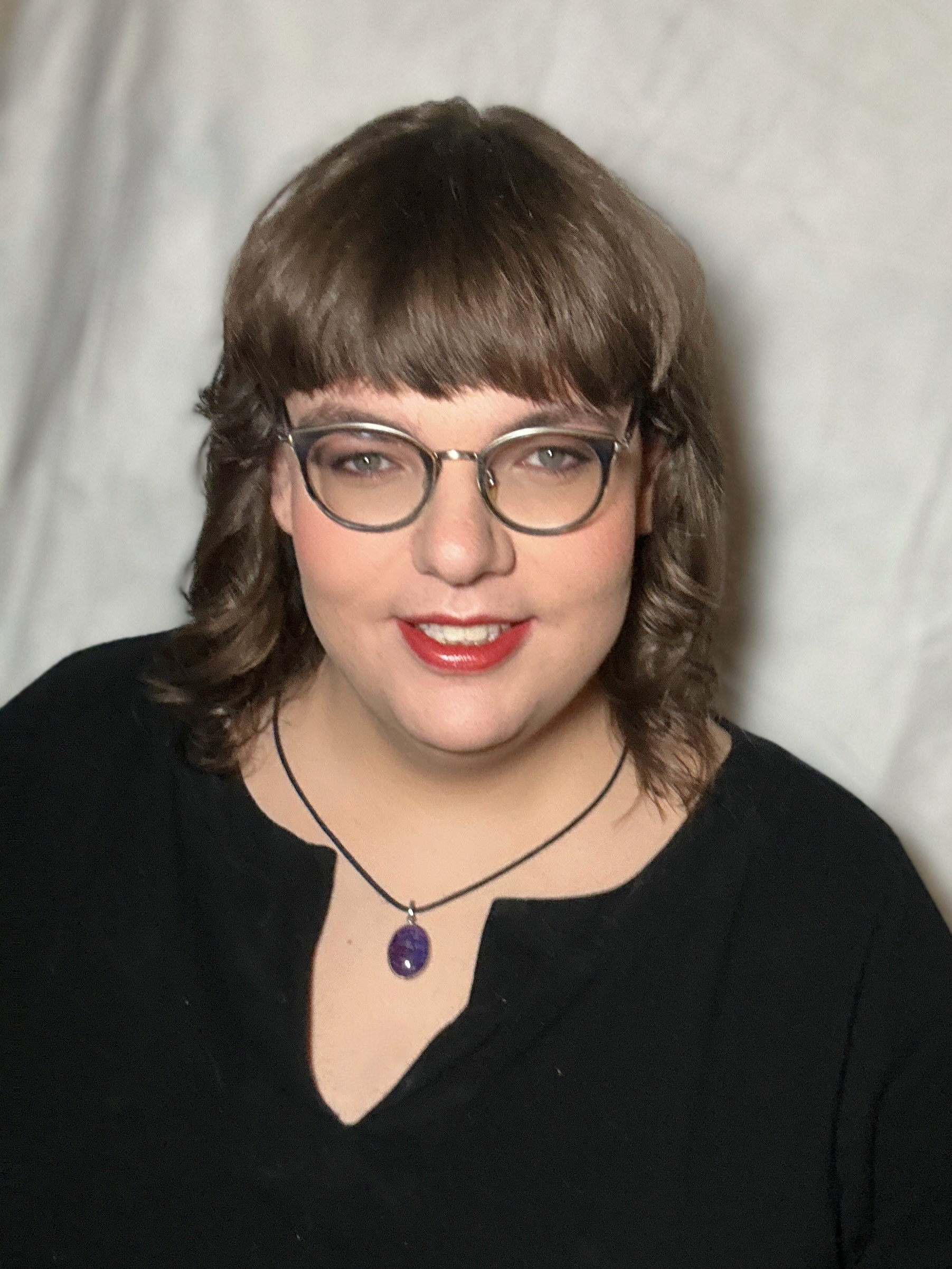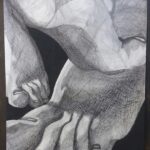October marks Healthcare Quality Awareness Month, a time to recognize the importance of safe, effective, and person-centered care. For people with disabilities, quality healthcare isn’t just about a doctor’s visit; it’s about access, communication, advocacy, and addressing the social factors that shape overall health. To explore these issues more deeply, we sat down with two WILC experts: Aimee Parks, Director of Regional Resource Programs, and Joan O’Brien, Outreach Specialist with NY Connects. In Part 1 of our conversation, Amy and Joan share what healthcare quality means in practice, the challenges their clients face navigating the system, and why advocacy and person-centered care are essential.
This is just the first half of our conversation with Aimee and Joan. In Part 2, we’ll dive into WILC’s new Diabetes Prevention Program (DPP), developed in partnership with OPWDD, and how it empowers people with developmental disabilities to take charge of their health through education, community, and practical tools.
AUDIO TRANSCRIPTION:
So Joan, maybe we’ll start with you. You can just introduce yourself and just tell us about a little bit about what you do.
Okay, my name is Joan O’Brien.
My agency is Westchester Independent Living Center and my program is New York Connect where I work as an outreach specialist. I provide my clients with information about resources and services available in their community, including but not limited to housing, benefits, transportation, nutrition, and long-term supports such as home care. I also will assist clients with the application process for some of the services that I mentioned and even when necessary conduct a home visit if that’s needed.
Aimee, if you want to introduce yourself as well.
Sure, Aimee Parks. I’m the Director of Regional Resource Programs with Westchester Independent Living Center.
I oversee or manage, is a better word, seven of WILC’s regional programs. So in regional, I mean they’re covering the lower Hudson Valley counties which consist of Westchester, Rockland, Orange, Putnam, Dutchess, Ulster, and Sullivan. So a wide, wide, vast area.
The majority of the programs that I manage are programs that help folks connect to services in order to either transition out of a facility in a safe manner and continue living in the community and or seeking and obtaining the services that they need in order to stay in the community. So, you know, lots, lots of what Joan says overlap with all the seven programs that I that I manage and we all work very closely. We’re not teams but a team.
So that’s, you know, what we pride ourselves on for sure.
So what does, what does this word health care kind of bring up as it pertains to the work that you do? You know, what does, how do you approach the idea of attaining quality health care for the clients that you work with? And how, why is that important?
I think the main thing that we experience with our clients that we work with is the struggles that they have connecting to quality health care providers that also take oftentimes are the folks that we work with are on Medicaid. And so, you know, it’s hard to find quality, timely health care in general for all of us. And then you add that Medicaid piece onto it and it can become a little challenging and, you know, the options dwindle.
The other thing that is really important in the work that we do is not only the quality and the timely manner of services that are obtained, but through professionals that have experience working with folks with disabilities of all kinds so that they can, you know, have that connection with their providers and not just feel like they’re being talked at, right? That there’s a, there’s a communication flow on what their needs and wants really are in terms of their health. I’ll piggyback a little bit on that. Accessibility can sometimes or oftentimes become an issue.
I’m not talking about wheelchair accessibility, perhaps in the medical office, but sometimes there will be a transportation issue where a person, for example, and I’ve encountered this many times, where a person, for example, has Medicaid transportation, which will bring them to their appointments. However, when they have to go out of counting, there’s this whole rigmarole that they have to go through. And that’s where I have come in, where I’ve advocated for them and helped them navigate that because for a lot of people with various disabilities, it’s hard to do that.
If you have a visual hearing, cognitive decline, or perhaps an intellectual disability, it’s hard enough managing certain appointments, but when you have to kind of fight with the transportation company, the Medicaid transportation company, that becomes an issue. So there too, that’s always been a concern of mine because a lot of those appointments, as Aimee said, they had to do with going out of county to get really good medical care. So that’s another issue that I’ve faced in my work.
And that also, I think, enhances the need for strong advocates, maybe not on a consistent basis, like in other words, consistent, meaning somebody may not need an advocate seven days a week, 365 days a year, but when they experience an issue with transportation or finding a medical provider or whatever, housing, whatever it may be, that they have the knowledge of where to go to get some help advocating. Not that we take their voice from them. We just stand behind them and root them on and we’re almost supporting them using their voice to the best of their ability to get what they need.
Absolutely. Oh, I’m sorry. Go ahead, Joan.
No, I was just agreeing with Aimee. Advocacy has become a huge part of my role. I have had persons that faced eviction and simply didn’t know that they could have time to at least explore other housing options.
So I’ve worked actually with sometimes lawyers or the courts to get them extensions. Even though we’re kind of going off the medical portion of this, the advocacy comes in in many areas, many areas. And everybody’s social needs affects their health.
Yours, mine, Joan’s, doesn’t matter if you have a disability or you don’t, your social components greatly affect the quality of your individual health. So it’s important to have resources and have somebody, even if they’re not your friend, they’re in your corner, right? Absolutely. They have the knowledge.
One thing that I pride myself, I’m working for this agency, for this program, is that I cannot tell you all the times I phoned someone that was referred to me by Aimee. And one of the first things they said was, thank you for calling back. And I was like, well, of course.
Well, I didn’t even know who you were at first because I’ve called so many agencies and no one ever calls me back. You know, so I take a lot of pride in that, a lot of pride in that. And I can’t speak for my peers, but I could almost guarantee that they’ve heard the same thing over and over and over again.
So I find myself, my peers find myself at times with Aimee’s blessing going a little bit out of our roles sometimes because we don’t want them to fall through the cracks. Okay. We are not case management, but Aimee can attest to this.
There have been times when I think all of us working with a particular client or clients have stayed on a bit longer to make sure that they got what they needed. And I am so proud of this agency and this program for that alone. That’s amazing.
It means something to you personally to be able to identify the challenges and the gaps to step in and to fill that in, even when it’s above and beyond what’s, you know, maybe technically in your job description, but, you know, like you’re saying, this is, this is more than just like a, a healthcare matter. It’s a personal thing. These are people.
Right. Correct. So, and I agree about the, the kind of wider scope of components about this.
It’s not just a visit to the doctor’s office. There’s a social component to people’s health, where they live, who’s around them, their past, their present! So it sounds like kind of the gaps and barriers and challenges that come up are both within the doctor’s office, maybe being able to communicate, understand them, treat them accordingly, and not just in this one size fits all type of approach, financial barriers, social barriers.
Is there anything else that you would add or just mention in that topic of things of where certain gaps or barriers come up for people with disabilities in the healthcare system? Or do you feel like we kind of covered?
I do think that, you know, the social determinants of health is a more, is a, is, has been widely expanded, right? We’re all kind of thinking in a different way, most recently about healthcare because of the addition of the attention to social determinants of health. So financial, if you’re financially strapped and continuously concerned about paying your rent, buying food, paying for daycare, whatever it is, that affects you, right, internally, your health. So it’s all these outside things.
If you want to pursue an education, but you don’t have the means to, or you don’t know where to start. So it’s almost like a global approach to a human being. And I think that that, honestly, the state of New York has really put a focus on social determinants of health, you know, in the most recent years.
And I think that that’s a wonderful addition to what we do because oftentimes somebody will call us for one issue, say housing, and through Joan’s wonderful conversation style, she pulls out of them that they’re really experiencing other things that are just piling on top and affecting their health and impacting, you know, their ability to live a healthy life. So having that not rushed, you know, we’re not on the phone. I don’t say to my staff, you have 15 minutes to figure it out and get them what they need.
Never. And kind of the routine and cycle with your doctor, they have such limited time to see so many people that they don’t often get to those deeper layers or the bigger picture of what’s going on. Right.
So I’m hoping, I don’t think that social determinants of health have trickled down to the providers themselves as of yet, but I do hope because we’re all talking about it on another level that they will catch on and see that perhaps they need to be looking at things with a different lens, really. And also that speaks once again to person-centered communication. Oftentimes, I’ve spoken with clients that had called, you know, other service, you know, providers, if you will, or agencies to assist them, and they’re being pressured to do certain things.
Well, this is what you have to do. And I always tell them, you know, I’m coming from a person-centered position here and I can suggest things to you. Okay.
But the ultimate decision is yours. And sometimes they act really surprised about that because depending on their disability, they’ve been told what they should do a million times. And then the major caveat is some of those agencies don’t follow up with them.
So, you know, they’re pressured. You got to file this right away, or you weren’t supposed to do that, or you can’t apply for this. And then there’s no follow-up.
So there’s a lot involved. I’ll put it that way.
